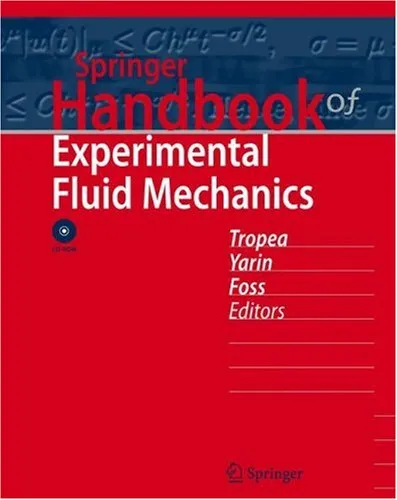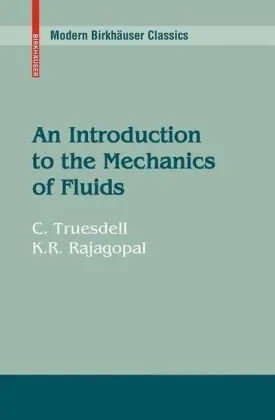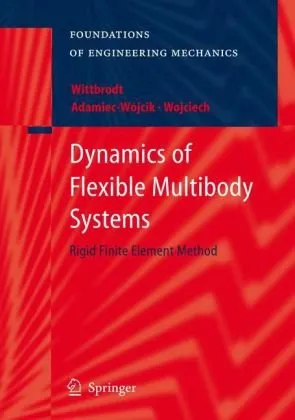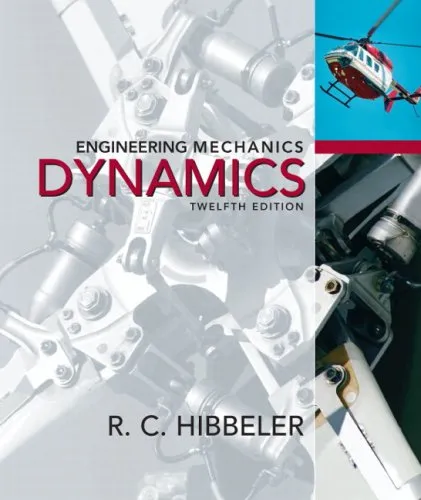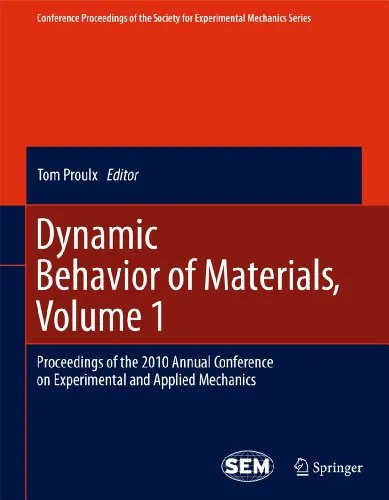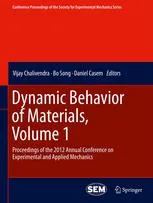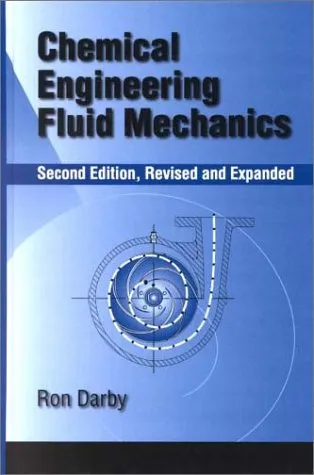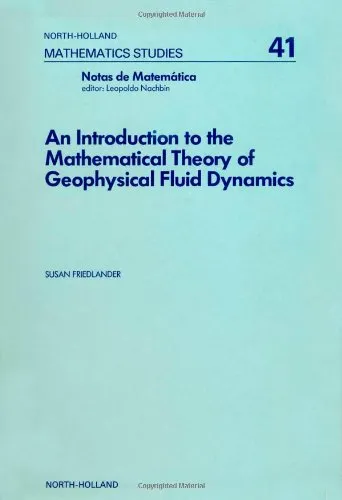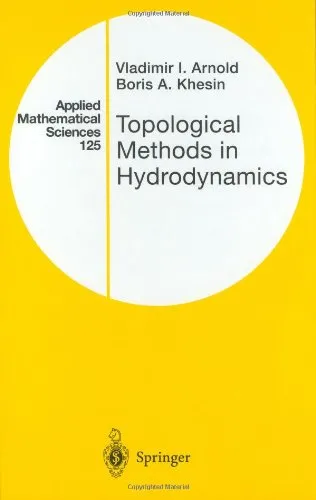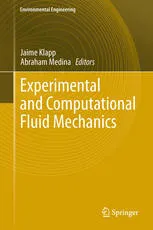Handbook of Experimental Fluid Mechanics
4.5
Reviews from our users

You Can Ask your questions from this book's AI after Login
Each download or ask from book AI costs 2 points. To earn more free points, please visit the Points Guide Page and complete some valuable actions.Related Refrences:
Introduction to the "Handbook of Experimental Fluid Mechanics"
The "Handbook of Experimental Fluid Mechanics" is a comprehensive reference guide tailored for researchers, engineers, and students passionate about understanding and applying fluid mechanics in experimental settings. Written by experts in the field, including Cameron Tropea and co-authors, this book serves as both an authoritative text and practical manual, addressing the theoretical foundations and technical aspects of fluid mechanics experimentation in remarkable detail.
This handbook is invaluable for those seeking a deep dive into experimental methods, instrumentation, measurement techniques, and data analysis within fluid mechanics. Its interdisciplinary approach highlights the relationship between physics, engineering, and computational methods, making it a cornerstone resource for modern-day experimentalists working on fluid flow across industries like aerospace, automotive, energy, and environmental sciences.
Detailed Summary of the Book
The "Handbook of Experimental Fluid Mechanics" is structured to provide readers with a step-by-step understanding of how to conceptualize, conduct, and analyze fluid mechanics experiments. The book is divided into several well-organized chapters, each with a clear focus on key aspects of experimental fluid mechanics.
The book begins by introducing the fundamental principles of fluid mechanics and transitions into the physics of fluid flow and measurement systems. Theoretical frameworks are laid out clearly, providing the necessary background to establish a solid foundation for experimental work. Following the theoretical principles, the book delves into detailed descriptions of measurement techniques, covering everything from pressure and velocity measurements to advanced methods such as laser Doppler anemometry (LDA) and particle image velocimetry (PIV).
Importantly, this handbook does not stop at instrumentation. It discusses data acquisition methodologies, uncertainty quantification, and the importance of calibration and validation. Furthermore, it explores modern advances such as flow visualization, image-based techniques, and the role of computational tools in augmenting experimental insights. Interdisciplinary methods combining experimental and numerical simulations are also explored.
By synthesizing practical techniques with theoretical principles, the "Handbook of Experimental Fluid Mechanics" ensures readers can translate concepts into effective experimental workflows.
Key Takeaways
- Comprehensive discussion on traditional and advanced fluid mechanics measurement techniques.
- Rigorous coverage of uncertainty, calibration, and validation methods to improve experiment accuracy.
- Step-by-step approaches to data analysis for meaningful results related to flow behavior.
- Practical insights into using tools such as LDA, PIV, and flow visualization techniques.
- A balance between conceptual understanding and hands-on experimental methodologies.
These takeaways make the book an essential resource for anyone looking to bridge the gap between theoretical fluid mechanics and experimental applications.
Famous Quotes from the Book
"Experiments in fluid mechanics are both an art and a science; mastering them requires careful attention to detail and an in-depth understanding of the underlying physics."
"Measurement accuracy, though often constrained by practical limitations, defines the boundary between rigorous science and anecdotal observation."
Why This Book Matters
At its core, the "Handbook of Experimental Fluid Mechanics" addresses the growing need to understand complex fluid flow phenomena through accurate experimentation. In today’s world of computer simulations and artificial intelligence, experimental validation is more important than ever. This book equips both seasoned and novice experimentalists with the tools needed to design experiments with precision and interpret data with confidence.
It also emphasizes the multidisciplinary nature of fluid mechanics, showing how boundaries between physics, computational methods, and applied sciences blur during the course of experimentation. By providing actionable insights, practical methodologies, and theoretical guidelines, this book has established itself as an essential reference for anyone contributing to advancements in the field of fluid mechanics.
Moreover, educational institutions and industrial settings alike value this handbook for its practical approach and rigorous scientific methodologies. The clarity of explanations and extensive coverage ensures that it will continue to serve as a benchmark reference for years to come.
Free Direct Download
You Can Download this book after Login
Accessing books through legal platforms and public libraries not only supports the rights of authors and publishers but also contributes to the sustainability of reading culture. Before downloading, please take a moment to consider these options.
Find this book on other platforms:
WorldCat helps you find books in libraries worldwide.
See ratings, reviews, and discussions on Goodreads.
Find and buy rare or used books on AbeBooks.
1318
بازدید4.5
امتیاز0
نظر98%
رضایتReviews:
4.5
Based on 0 users review
Questions & Answers
Ask questions about this book or help others by answering
No questions yet. Be the first to ask!
